
Let’s say it’s one of those massive warehouse stores. You’ve never been there before. You don’t even see a single sign. Most importantly, you don’t see a single person.
You don’t receive a greeting or hear those simple words you long for: Can I help you?
You’ve just experienced what it’s like to go through an inadequate, undeveloped, or inefficient company onboarding process.
If employees don’t get the information and enthusiasm they deserve shortly after they accept your employment offer, then they might do what disgruntled customers do every day and walk out without a backward glance.
So, how do you give new employees the experience they need to feel appreciated?
You establish an onboarding process that leads to bliss, job satisfaction, and long-term employee retention.
Keep reading to find out how.
In a hurry? These are a few hand-picked tools for upgrading your recruiting and onboarding process:
| Greenhouse | 🔍 Find, interview, and hire quality candidates | Visit Greenhouse |
| Wrike | 📒 Build a robust employee onboarding playbook to promote learning from day one | Visit Wrike |
| Deel | 📑 Handle International payroll, benefits and taxes with one tool | Visit Deel |
| Willo | 📹 Screen candidates more efficiently with video interviews | Visit Willo |
| Paychex | ✈️ Put your HR on autopilot with a dedicated HR Manager | Visit Paychex |
Page Contents (Click To Jump)
What Is An Employee Onboarding Process?
An employee onboarding process is the systematic and purposeful transformation of promising candidates into top-performing employees.
By carefully planning onboarding steps, companies give new employees the information, relationships, and tools they need to be comfortable and confident enough to do outstanding work.
The transformation begins during recruitment, as candidates imagine working for your company. It accelerates upon offer acceptance when a candidate first becomes an employee. It culminates in the employee’s critical first days and weeks on the job, as they (with hope) build strong bonds with their new teammates.
Most importantly, the onboarding experience echoes throughout an employee’s tenure at your company, sometimes setting the tone for their entire career.
A bad experience can lead to early departures and high employee turnover. A good experience can kick off long-term happiness.
Once you’re done reading through our article, get additional onboarding and employee engagement ideas from The Assist — a free weekly email for professionals full of actionable workplace culture, productivity, and leadership inspo.
“One thing The Assist has helped me immensely with is keeping our company culture alive during this new shift to hybrid work. It is important for us to have a team who is happy and healthy and The Assist has provided tons of options to help make that possible for our team.” -Julie P. Executive Assistant, Classcraft
Get Your Free Remote Onboarding Checklist Here
Employee Onboarding Process Steps
Like any other complex process, successful onboarding demands well-documented and deliberate steps. Use the steps below as the foundation for your process. Layer it with substeps specific to your company culture to build a unique onboarding experience reflective of your company personality.
👉 Click to see to our favorite employee onboarding software platforms
Step 1: New Employee Recruitment
Critical goal: Your recruitment practices should leave employees with a clear sense of what your company wants in a role and also who you are as a company—your missions, values, culture, and people.
Best practices:
- Review your websites, job descriptions, interview questions—every possible prospective employee touchpoint you can think of—for clarity, accuracy, and tone.
- Give prospective employees a task or test so you can see how they work and they can see how you expect them to work.
- Be transparent about company policies that deeply impact employees, including scheduling policies, remote work policies, and vacation policies.
- Review your employment processes, procedures, and policies with your internal human resources team or with outside help from Bambee HR.
Quick tip! One of our favorite tools is SparkHire which helps you save time in the hiring process with a video interview platform that makes it easy to screen candidates, interview applicants remotely, and maximize those crucial first days of the recruitment process.
Step 2: First Office Visit
Critical goal: Provide a transparent glimpse of a day in the life at your office.
Compatibility with the work environment has a major, everyday impact on employees. Workspace compatibility could even indicate a candidate’s overall compatibility with your company culture and work styles.
Best practices:
- Show candidates where they will work (and what equipment they will use to complete their work).
- Give candidates a full view of the kitchen. (Including the rotating cleaning “privilege” list if you have one!)
- Slowly guide them through the office. Give them a chance to look around and ask questions so they know you have nothing to hide.
- Introduce them to everyone you pass.
- Show them practical spaces that may not be exciting, but that they will likely see every day. (Think: parking lots and garages, restrooms, elevators, and supply rooms.)
Step 3: Sending an Offer Letter
Critical goal: Convey your appreciation and delight that your rock-star candidate picked you—probably out of a long list of other potential employers.
While the extension of a job offer certainly implies that you value your new hire and their talents, you shouldn’t count on the offer alone to build warmth and excitement. Nothing truly drives the sentiment that you can’t wait to work with someone home like a thoughtful message.
Best practices:
- Send your new hire a message in BambooHR to tell them how excited you are that they accepted your offer.
- Clearly outline top-level job responsibilities, requirements, and expectations. (The offer letter may be your last chance to prevent surprises before candidates officially join the team.)
Step 4: Early Onboarding For New Employees
Critical goal: Get the candidate excited while simultaneously affirming they’ve made the right choice to take a chance on a new job.
Onboarding officially starts when your candidate signs the offer letter. The 2-3 week window between offer acceptance and the start date presents a crucial engagement opportunity. Make the most of it. (Trust us, your new hires will appreciate it.)
Pro-Tip: On their first day, set up your new employee with a dedicated welcome kit! Loaded with high quality company swag and office supplies, your new hire will have everything they need to ‘hit the ground running.’
You can even work with a dedicated vendor like SwagMagic, who will ship welcome kits straight to remote employees’ homes to open on their first day on the job!
Best practices:
- Encourage hiring managers to take ownership of the candidate’s experience and focus on getting their newest employee excited.
- Share role-relevant information and documentation, including background details on specific assignments the candidate might take on when they officially start. (Explain how you don’t expect your new hire to review anything if they don’t have the time, but that you simply want to share information for clarity and visibility.) Some information you might consider sharing includes:
- An itinerary for the first week (at least)
- Their company email address and phone number, along with access details for your company’s communication tools
- A checklist of assignments and goals for the first week (at least)
- Access credentials for communications tools or work management hubs, such as monday.com.
- Information (and preferably pictures, videos, or Standard Operations Procedures) highlighting your work anniversary celebrations and other events unique to your company.
- Ask the new hire’s immediate team to send a welcome email featuring quotes about why they love working at the company or why they’re excited to work with the new hire.
- Reach out to invite and address any of the new hire’s questions or concerns.
- Have the team make a welcome video. Get inspiration, and also a resource for making your video, from the team at Vidyard.
Step 5: Welcoming New Hires on Day 1
Critical goal: Deliver a personal experience that helps the new hire feel welcomed and appreciated. Planning for plenty of personal meetings with new coworkers makes that first day feel personal instead of over-planned.
Get Your Free Remote Onboarding Checklist Here
Best practices:
- Schedule “bookend” meetings to check in with the new hire. (This is especially important if your team works remotely, as organic interactions are virtually impossible and diligent scheduling is the best way to ensure quality interactions.)
- 30 minutes the first thing in the morning for a welcome
- 30 minutes at the end of the day for a debrief
- Schedule a team lunch or virtual lunch with the new hire’s immediate team. Keep this lunch dedicated to informal small talk and not work details. (Boost the get-to-know-you factor of your lunch with a quiz from Quizbreaker or Water Cooler Trivia.)
- Give new hires a welcome kit full of branded swag, such as apparel and office supplies, customized with your company’s brand, colors, and logos.
- Make their first team meeting memorable by kicking it off with a get-to-know-you icebreaker. You can also take the guesswork out of this onboarding activity by providing meeting attendees with a one-of-a-kind Icebreaker Box — packed full of delicious snacks, icebreaker questions and customizable greeting cards.
- Supply videos, web pages, or other documentation that features leadership presentations, your company’s mission, history, and other stories that bring your organization to life.
Step 6: Onboarding and Orienting New Employees in the First Weeks
Critical goal: Help new employees understand what’s expected of them in their new role and also envision future possibilities.
Humans by nature like to look ahead. We like to plan for, anticipate, and straight-up daydream about what’s coming and what might be. If you can get new employees excited to imagine their future roles at your company, then you’re well on the way to high employee retention. To make that future possible, investing extra time in those first few weeks of employee onboarding can help build that foundation for them at your company.
Best practices:
- Send out an epic new hire announcement.
- Schedule “meet and greets” with collaborators and teams across the company.
- Schedule “meet and greets” with company leaders or top performers (including your most recent employee of the month) so new hires can hear their stories and learn from their experiences.
- Establish a list of regular tasks, goals for the first year, stretch goals, and key performance indicators.
- Provide information about the growth potential for their specific position or upward mobility at the company in general. If someone was promoted from the new hire’s position, have that person share some insight about their experience.
Step 7: Ongoing Employee Engagement & Team Building
Critical goal: Provide opportunities for new employees to build key relationships. While you can’t participate in socializing and networking for your new hire, you can certainly speckle your onboarding experience with ample opportunities for newbies to make connections across the office.
Best practices:
- Organize team-building events with the help of The Go Game.
- Complete 1-week, 30-day, and 60-day pulse check-ins to find out how new hires feel overall and also find out if they have the specific support, resources, and equipment they need to work efficiently and effectively.
- Ask direct managers to establish a regular check-in schedule—a long-term must-do for all employees.
- Randomly pair the new employee with people across the company for virtual coffee meetings. (If your company uses Slack, then the Donut integration makes this task easy.)
- Offer plenty of recognition, using a platform like Bonusly, for any completed tasks and accomplished goals.
- Create and send a candidate experience survey through Leapsome so you know how your program is performing.
Pro-Tip: If you’re looking for more creative employee onboarding ideas, check out The Assist
The Assist is a free weekly email for professionals full of actionable workplace culture, productivity, and leadership inspo.
18 Best Onboarding Software Platforms And New Hire Tools
Consider employee onboarding software and resources your greatest allies in the mission to deliver the best new hire experience imaginable. These onboarding tools help take some of the logistical burdens away from you and your team.
Get Your Free Remote Onboarding Checklist Here
1) Greenhouse
Greenhouse is an applicant tracking system (ATS) that helps you create a more organized and efficient onboarding process for your new hires. It features automated emails to ensure each step of the onboarding process is handled, from paperwork to onboarding calls – all with the click of a button.
What this onboarding program adds to your new hire plan: With Greenhouse, you can establish goals for onboarding and monitor how well your new hires are meeting their onboarding milestones. This adds more accountability to ensure that your new employees are fully assimilated into the office culture as soon as possible.
2) BambooHR
BambooHR helps you manage the entire onboarding process. It integrates with your existing HR system and delivers a streamlined experience to make it easier for new hires to get up and running quickly.
What this onboarding program adds to your new hire plan: This software offers an all-in-one solution for managing the onboarding process. This includes onboarding forms, document storage, and tracking, as well as checklists to keep everything organized from start to finish.
3) Bonusly
Bonusly is a recognition platform that makes it easy and fun for employees to applaud each others’ achievements and ideas. Companies have used Bonusly to—without sending employees constant reminders and nudges—create thriving recognition programs that never once feel obligatory.
What this onboarding program adds to your new hire plan: When a new hire gets a public reward, everyone can see it and buzz about it. Therefore with just one act of recognition, a new employee can feel seen and appreciated across the entire company.
4) ClearCompany
ClearCompany is a talent management platform that improves the entire employee lifecycle from the very first steps of recruiting all the way to the performance of new hires. Their mission is to create an engaging onboarding experience where both you and your new employee are 100% happy with the process.
What this onboarding program adds to your new hire plan: Their digital onboarding packets make it efficient to send and transmit information across your business and allow you to onboard remote employees quickly and easily.
5) monday.com
monday.com is an all-in-one platform that streamlines the hiring process. The “CRM for HR professionals,” this customizable software helps employees transition seamlessly into their new positions.
What this onboarding program adds to your new hire plan: On monday.com, HR professionals can stay on top of potential candidates with recruitment pipelines, provide interactive onboarding templates, and plan engagement activities all in one convenient place.
6) Rippling
Enter in some basic hiring information and watch Rippling set up a full onboarding program for your new employee in ninety seconds. Great for small and medium-sized businesses, this HR solution does away with complicated and unnecessary steps to bring your company the only onboarding tool you need.
What this onboarding program adds to your new hire plan: Since Rippling automates the process for payroll, benefits, devices, apps, and important documents — anyone at the company can use Rippling. You no longer have to rely on HR to handle every step of the way, since Rippling’s easy-to-use platform can be used by anyone to better manage the onboarding process.
Get Your Free Remote Onboarding Checklist Here
7) Teamwork
An onboarding task management and time analysis solution, Teamwork helps you to track and monitor the individual steps within the new hire onboarding process. Allowing you to optimize your most valuable resource: time.
What this onboarding program adds to your new hire plan: It helps new employees understand productivity expectations and provides transparency into their preferences and habits from day one.
8) Remote
Remote is a global platform for distributed teams. Access the kind of talent you are looking for with an HR platform that makes it easy to onboard, pay, and engage with remote employees and contractors.
What this onboarding program adds to your new hire plan: This onboarding tool makes it possible to work with employees in other countries through a seamless tool that takes all the legal and operational complexities of dealing with multiple countries and remote employees and reduces it to one simple invoice.
9) The Go Game
The Go Game will plan and host virtual and in-person team-building events for you, and they’ll do it with expert attention to relationship-building detail. During each experience, expert event hosts lead and listen, finding and feeding conversational sparks every chance they get.
Their expert approach to events leads to unforgettable fun, and more importantly, lasting and authentic connections.
What this onboarding program adds to your new hire plan: On-demand team building events that transform newbies into members of your work family.
10) SwagUp
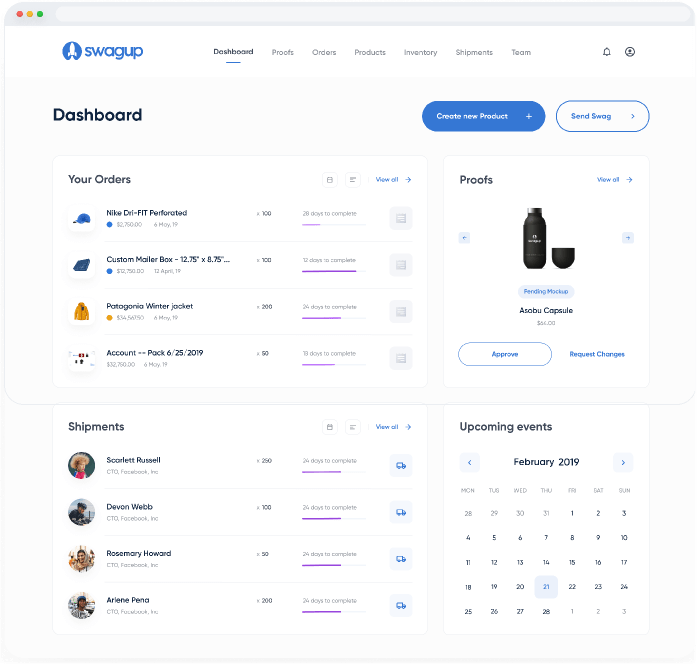
What this onboarding program adds to your new hire plan: Wearing company colors, like wearing team colors, will help new hires feel a priceless sense of belonging your veteran employees know and love.
11) Caroo
Caroo upgrades your onboarding process via its employee care platform that makes it possible to introduce new hires with curated welcome kits and work from home care packages. They utilize a mix of premium swag, useful office supplies, and healthy snacks to provide employees with an exceptional experience from their very first day.
What this onboarding program adds to your new hire plan: With their focus on automation, hiring manager, office managers, and chiefs of staff can handle a crucial aspect of onboarding with ease. Caroo supports your onboarding process and gives your new hires a memorable first day wherever they are in the world!
12) Freshworks

What this onboarding program adds to your new hire plan: For a growing business, Freshworks might just be the perfect onboarding tool for HR. With Freshteam, you can recruit, hire and onboard new hires, offboard exiting employees, manage employee information, and time off – all in one place.
13) Confetti
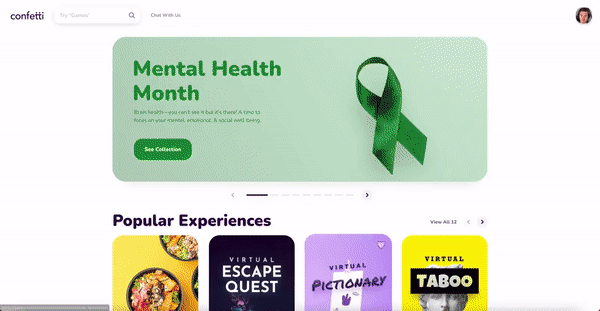
Confetti makes it easy to plan all the details of any experience you choose, so you can focus on socializing and having fun.
What this onboarding program adds to your new hire plan: Whether you’re scouring your city during a fast-paced scavenger hunt or laughing hysterically during a virtual drawing game, the good times you have will bolster team camaraderie in the long term.
14) QuizBreaker
QuizBreaker is a platform that lets you build and distribute quizzes about your own team. Enjoy the captivating power of quizzes while learning about your co-workers.
What this onboarding program adds to your new hire plan: It speeds up the get-to-know-you process, helping new hires share facts about themselves while also learning a ton about their new co-workers. The personal information you can pick up through one quiz might otherwise take years of office cohabitation to acquire.
Get Your Free Remote Onboarding Checklist Here
15) Water Cooler Trivia
Water Cooler Trivia is an online trivia interface. Easily create and distribute quizzes and then peruse the results to learn fun facts about co-workers.
What this onboarding program adds to your new hire plan: When co-workers, especially new co-workers, do trivia together, they learn tons about one another. Learn who has a photographic memory for science facts or who stays up to date with all the current events.
16) Sapling
Sapling is all about the people. As a People Operations Platform, Sapling makes it possible to automate your people workflows so that you can focus on creating a positive employee experience and not have to worry about how to house crucial employee data.
What this onboarding program adds to your new hire plan: You can find the right people for your company with a tool that is intuitive and trusted by companies whether you need to hire 5 people or 1500.
17) Bambee
Bambee can match you with skilled human resources experts who can help you develop and refine your onboarding process while also making sure you understand and comply with employment regulations.
What this onboarding program adds to your new hire plan: The benefits of a dedicated HR professional who can help you make sure you’re completing all the nice-to-have and need-to-have onboarding steps.
18) Enboarder
Enboarder is an online onboarding platform that aims to streamline processes and make traditional and remote onboarding more enjoyable and fulfilling for everyone involved.
The platform lets companies dive deeper than ever into the new hire journey so they can pinpoint ways to build thriving relationships.
What this onboarding program adds to your new hire plan: This onboarding tool helps teams visualize and analyze the new hire experience from multiple angles, making it easier to improve and build effective onboarding programs that achieve maximum engagement.
Get Your Free Remote Onboarding Checklist Here
New Hire Checklist
A new hire onboarding checklist is an online or physical document that outlines every step HR specialists or hiring managers should take to welcome and orient new hires.
We’ve divided our new hire checklist into administrative steps and relationship steps to make it useful for multiple stakeholders involved in your onboarding program.
Find a remote-specific onboarding checklist here.
Phase 1: New Employee Recruitment
Administrative:
- Communicate role expectations.
- Communicate company policies.
- Review and refine the language across all prospective employee touchpoints, including websites and job postings.
Relationship:
- Communicate company mission, values, and culture.
- Explain the hiring process and timeline so candidates know when they will be contacted for the next steps or receive a friendly “pass” email, thanking them for their time.
Phase 2: First Office Visit
Administrative:
- Tour all the spaces employees would likely see every day, including their work environment, kitchens, break rooms, parking lots and garages, restrooms, elevators, and supply rooms.)
Relationship:
- Introduce them to future co-workers and anyone you pass during the office visit.
Phase 3: Sending An Offer Letter
Administrative:
- Clearly outline top-level job responsibilities, requirements, and expectations.
- Complete salary negotiations.
- Establish a start date.
Relationship:
- Send new hires a message to tell them how excited you are that they accepted your offer.
Phase 4: Early Onboarding For New Employees
Administrative:
- Distribute and collect new hire paperwork:
- Tax forms
- Legal forms
- Banking form for payroll/direct deposit
- Retirement plan enrollment forms
- Health plan enrollment forms
- Share role-relevant information and documentation, training materials, and itineraries.
- Share access information for company tools and resources for communication, including emails and phone numbers.
- Prepare the new employee’s workspace or ship company-provided equipment if you work remotely.
Relationship:
- Information (and preferably pictures or videos) highlighting your work anniversary celebrations and other events unique to your company.
- Ask the new hire’s immediate team to send a welcome email featuring quotes about why they love working at the company or why they’re excited to work with the new hire.
- Reach out to invite and address any of the new hire’s questions or concerns.
Phase 5: Welcoming New Hires on Day 1
Administrative:
- Schedule “bookend” meetings to check in with the new hire.
- 30 minutes the first thing in the morning for a welcome
- 30 minutes at the end of the day for a debrief
- Supply videos, web pages, or other documentation that features leadership presentations, your company’s mission, history, and other stories that bring your organization to life.
- Review all policy documentation (vacation or sick leave, for example) you may already have provided and take questions.
Relationship:
- Schedule a team lunch or virtual lunch with the new hire’s immediate team. Keep this lunch dedicated to informal small talk and not work details. (Boost the get-to-know-you factor of your lunch with a quiz from Quizbreaker or Water Cooler Trivia.)
- Give new hires a welcome package full of branded swag, such as apparel and office supplies, customized with your company’s brand, colors, and logos.
Get Your Free Remote Onboarding Checklist Here
Phase 6: Onboarding And Orienting New Employees In The First Weeks
Administrative:
- Establish and discuss key goals and stretch goals and learning points. Make sure employees have a list of regular tasks, goals, stretch goals, and key performance indicators.
- Relay performance and company-wide review expectations and policies
- Provide information about the growth potential for their specific position and the company in general.
- Explain the steps of your new employee orientation process, if applicable.
- Explain the steps of your new employee training process, if applicable.
Relationship:
- Send out an epic new hire announcement.
- Schedule meet and greets with other collaborators and team members across the company.
- Schedule meet and greets with company leaders or top performers (including your most recent employee of the month) tell their stories and share experiences.
Phase 7: Ongoing Employee Engagement & Team Building
Administrative:
- Complete 1 week, 30-day, and 60-day pulse checks to find out how new hires feel overall and make sure they have the specific support, resources, and equipment they need.
- Create and send a candidate experience survey so you know how your onboarding program is performing.
Relationship:
- Organize team-building events with the help of Go Game or Outback Team Building.
- Ask direct managers to establish a regular check-in schedule—a long-term must-do for all employees.
- Randomly pair the new employee with people across the company for virtual coffees. (If your company uses Slack, then the Donut integration makes this task easy.)
- Offer plenty of recognition, using a platform like Bonusly, for any completed tasks and accomplished goals.
Get Your Free Remote Onboarding Checklist Here
New Employee Onboarding Tips & Tricks
New employee onboarding is a living process, primed for constant tweaking and improvement. Consider these tips as you’re determining how to add to and streamline your process.
1) Carefully document your processes so you can define and enhance every aspect of your company’s onboarding program.
2) Collect feedback from everyone involved in the onboarding process, including new hires, hiring managers, and even co-workers, to get ideas for improvement and ROI calculations.
3) Use emotional intelligence, in addition to more formal onboarding surveys and pulse checks, to judge how the process is going and adjust to give different employees what they need to feel welcomed.
4) Rely on disciplined scheduling, especially if your team is remote and you can no longer count on interactions and relationship-building to happen by chance.
5) Don’t be afraid to involve multiple people in the onboarding process. If you know someone who would get along well with the new hire, go ahead and introduce them.
6) Make the experience personal. Listen carefully, remember key details, and be perfectly honest throughout the entire process,
7) Help new remote employees understand your company culture. Share everything you can think of: your employee handbook, past presentations, company value literature, and photos and videos featuring bosses, and virtual team members.
8) Invite new hires to shadow people across the company to give them a big-picture view of processes and capabilities.
9) Recognize new hires for accomplishments and ideas early on.
10) Find out what new hires want to learn about and connect them with experts within your company or point to possible training opportunities.
If you know any more tips or tricks to onboarding new employees, please share with us in the comments!
People Also Ask These Questions About An Employee Onboarding Process
Q: Why is a new hire onboarding process important?
- A: A new hire onboarding process is important because it sets the tone for the entire employee-employer relationship. The onboarding experience can ultimately determine if that relationship will be fruitful or painful. This post has tips on how to get it right.
Q: What are the benefits of having a new hire checklist?
- A: A new hire checklist allows you to prepare for the onboarding process and guide the new hire every step of the way. It should be a living document that constantly evolves based on what you learn with each successive new employee. The goal is to moderately improve the new hire checklist. This documented process will grow and develop over time just as you do.
Q: How long does the onboarding process take?
- A: The onboarding process takes about four months. Specific onboarding steps start during new hire recruitment and end at a 90-day review or check-in. In general, most companies see onboarding as a cyclical process with continuous effort across multiple employee touchpoints, from recruitment to employee appreciation.
Q: What is a new hire onboarding checklist?
- A: A new hire onboarding checklist is an online or physical document that outlines every step HR specialists or hiring managers should take to welcome and orient new hires.
Q: How do I know if my new onboarding process is effective?
- A: Find out if your new onboarding process is effective by sending a candidate experience survey and carefully reviewing the results. You can also conduct onboarding pulse checks in the weeks and months following new hire start dates.
Q: What are some onboarding process best practices?
- A: Some onboarding process best practices include encouraging hiring managers to take ownership of the candidate’s experience, providing opportunities for new employees to build key relationships, and articulating heartfelt excitement to have the new employee on your team. Find more best practices and effective onboarding steps here.
Q: Is there a good new employee onboarding process checklist that I can use?
- A: You can find a new employee onboarding process checklist in this post. This checklist includes the administrative tasks you must do and the relationship-building steps you should do.
Q: What makes a good onboarding experience?
- A: Balancing information with excitement and relationship building makes a good onboarding experience. By carefully planning onboarding steps, companies can give new employees the information, relationships, and tools they need to be comfortable and confident enough to do outstanding work.
Q: How do you make an onboarding process fun?
- A: Make an onboarding process fun by involving your people. Plan a mix of formal meetings and casual events to introduce new hires to potential role models, to people you think they might get along with, and people they’ll be working with on a regular basis.
Q: How can I make an employee’s first day memorable?
- A: Make an employee’s first day memorable by getting personal. Before the first day, reach out (and ask others to reach out) to tell the new hire why you’re all so excited to have them on board. New hires will never forget this truly personal welcome. Find more tips for establishing an onboarding process that makes employees feel welcome here.







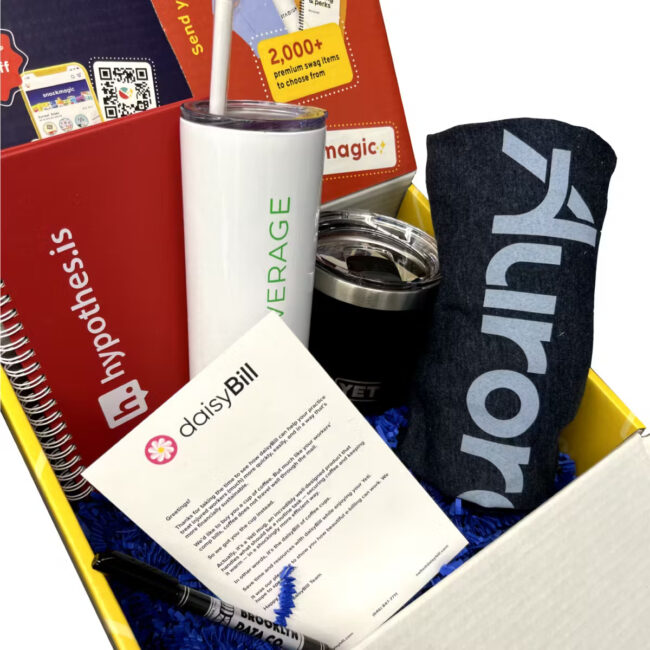



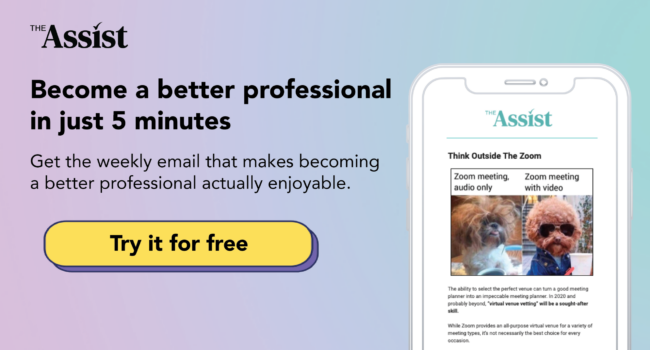
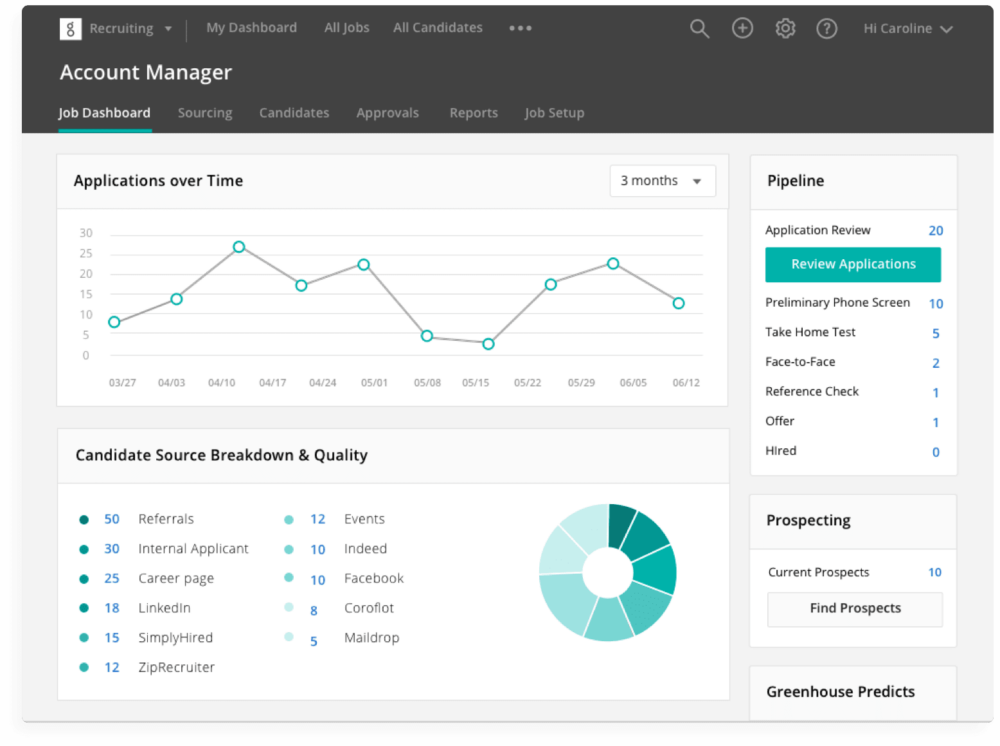

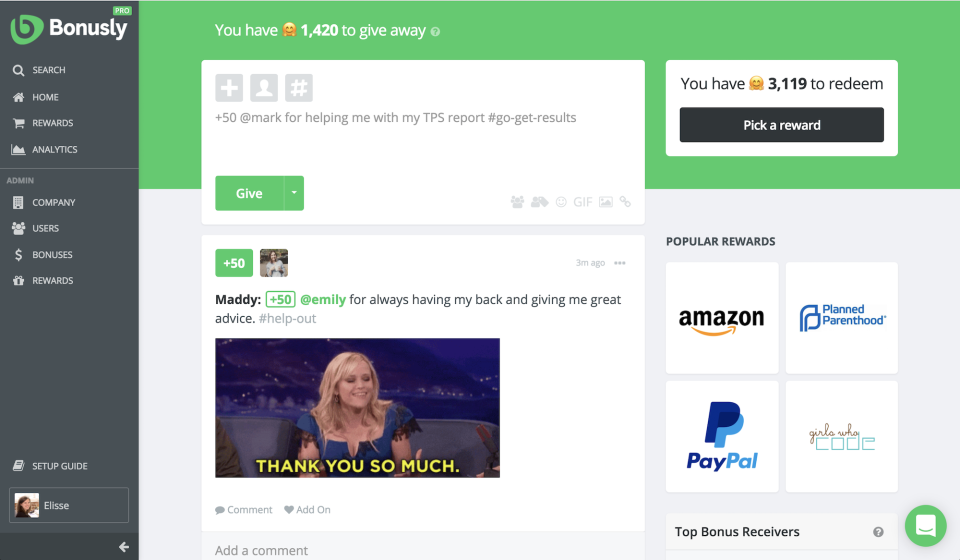






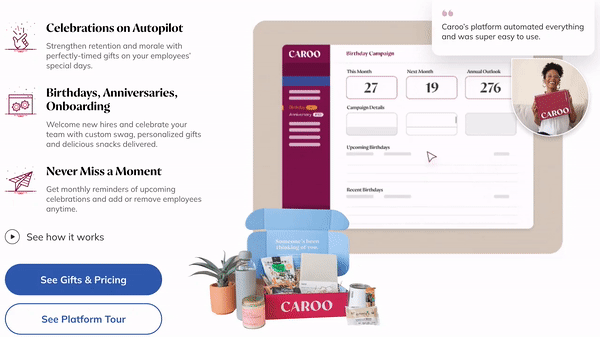
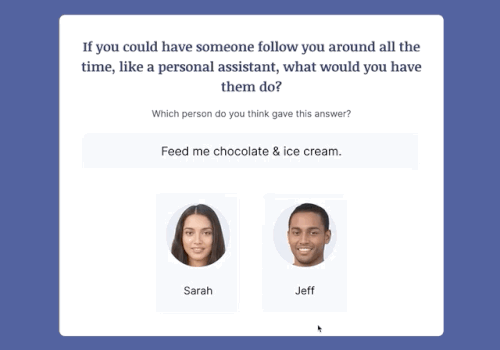
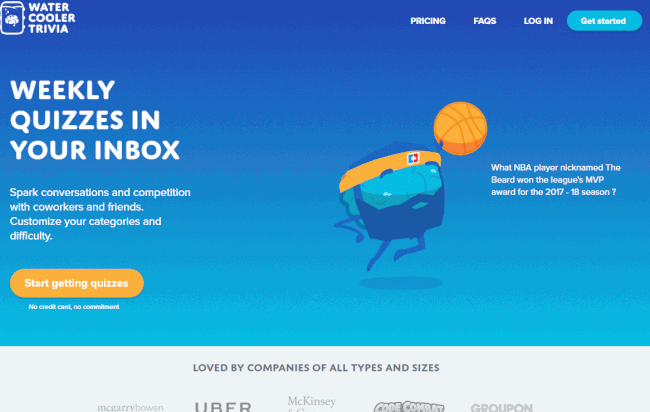










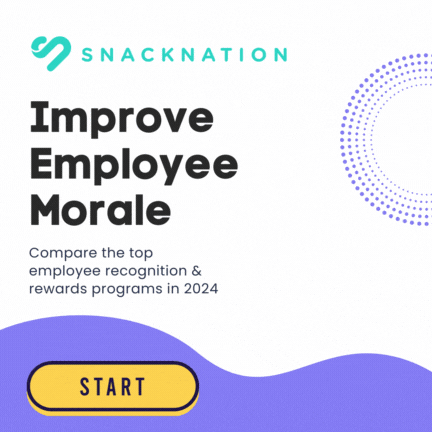





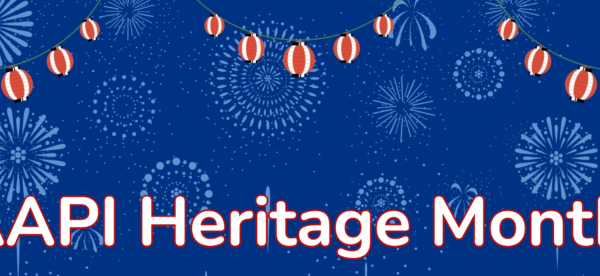
Your article is so convincing that I never stop myself to say something about it. You’re doing a great job, Keep it up.
Well written article thank you for posting
very nice blog. We all know that a good employee can improve the organization growth. But how will we can get a good employee by recruiting method. By this blog It will help the recruiter to recruit new employee in their company.